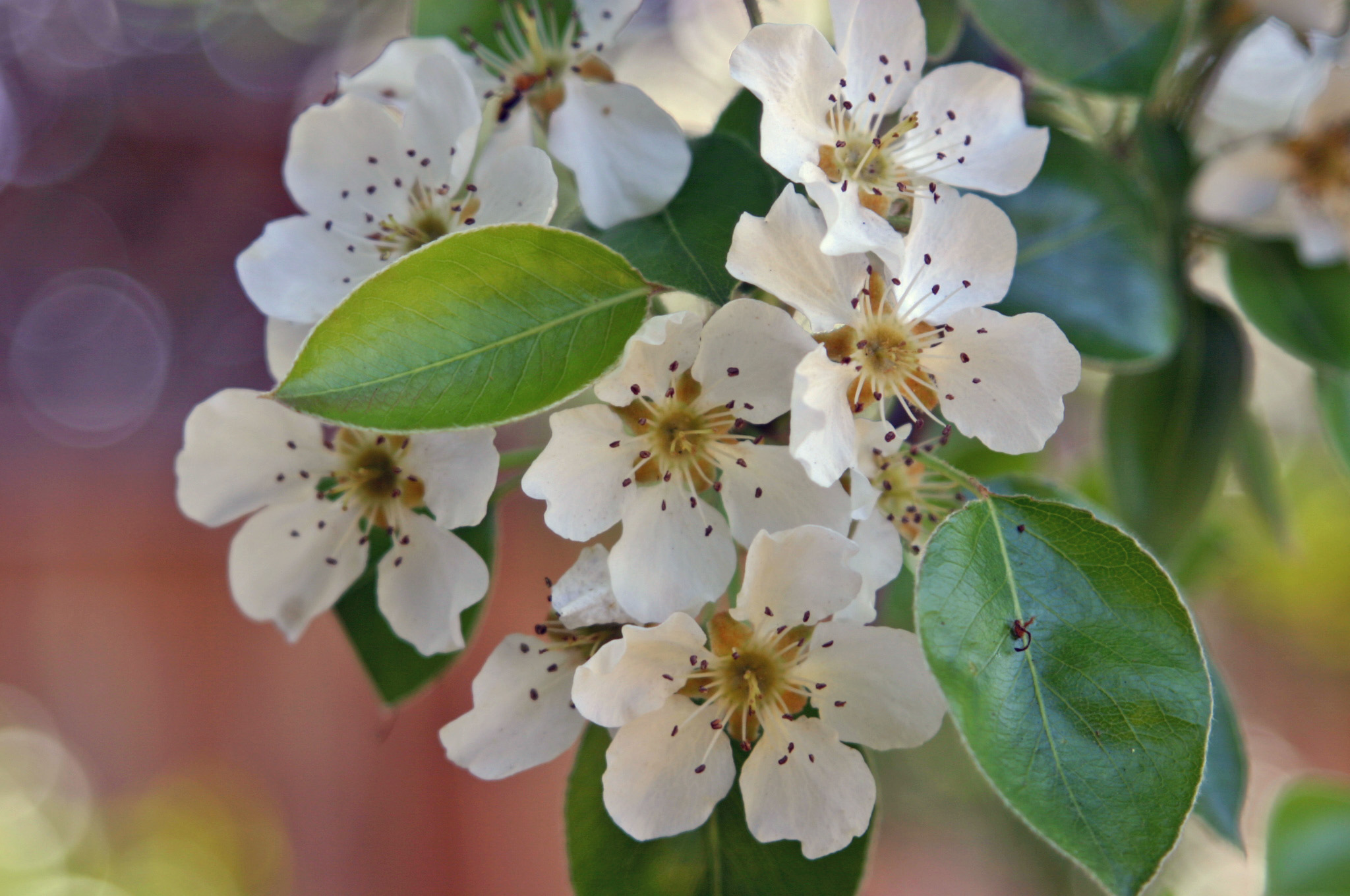|
BBCH-scale (pome Fruit)
In biology, the BBCH-scale for pome fruit describes the phenological development of fruits such as apples and pears using the BBCH-scale The BBCH-scale is used to identify the phenological development stages of plants. BBCH-scales have been developed for a range of crop species where similar growth stages of each plant are given the same code. Phenological development stages of plan .... The phenological growth stages and BBCH-identification keys of pome fruit are: 1 From terminal bud References * {{cite journal , last = Meier , first = U. , author2=H. Graf , author3=M. Hess , author4=W. Kennel , author5=R. Klose , author6=D. Mappes , author7=D. Seipp , author8=R. Stauss , author9=J. Streif , author10=T. van den Boom , title = Phänologische Entwick-lungsstadien des Kernobstes (Malus domestica Borkh. und Pyrus communis L.), des Steinobstes (Prunus-Arten), der Johannisbeere (Ribes-Arten) und der Erdbeere (Fragaria x ananassa Duch.). , journal = Nachrichtenbl. D ... [...More Info...] [...Related Items...] OR: [Wikipedia] [Google] [Baidu] |
Phenology
Phenology is the study of periodic events in biological life cycles and how these are influenced by seasonal and interannual variations in climate, as well as habitat factors (such as elevation). Examples include the date of emergence of leaves and flowers, the first flight of butterflies, the first appearance of migratory birds, the date of leaf colouring and fall in deciduous trees, the dates of egg-laying of birds and amphibia, or the timing of the developmental cycles of temperate-zone honey bee colonies. In the scientific literature on ecology, the term is used more generally to indicate the time frame for any seasonal biological phenomena, including the dates of last appearance (e.g., the seasonal phenology of a species may be from April through September). Because many such phenomena are very sensitive to small variations in climate, especially to temperature, phenological records can be a useful proxy for temperature in historical climatology, especially in the ... [...More Info...] [...Related Items...] OR: [Wikipedia] [Google] [Baidu] |
Apple
An apple is an edible fruit produced by an apple tree (''Malus domestica''). Apple trees are cultivated worldwide and are the most widely grown species in the genus '' Malus''. The tree originated in Central Asia, where its wild ancestor, '' Malus sieversii'', is still found today. Apples have been grown for thousands of years in Asia and Europe and were brought to North America by European colonists. Apples have religious and mythological significance in many cultures, including Norse, Greek, and European Christian tradition. Apples grown from seed tend to be very different from those of their parents, and the resultant fruit frequently lacks desired characteristics. Generally, apple cultivars are propagated by clonal grafting onto rootstocks. Apple trees grown without rootstocks tend to be larger and much slower to fruit after planting. Rootstocks are used to control the speed of growth and the size of the resulting tree, allowing for easier harvesting. There ... [...More Info...] [...Related Items...] OR: [Wikipedia] [Google] [Baidu] |
Pear
Pears are fruits produced and consumed around the world, growing on a tree and harvested in the Northern Hemisphere in late summer into October. The pear tree and shrub are a species of genus ''Pyrus'' , in the family Rosaceae, bearing the pomaceous fruit of the same name. Several species of pears are valued for their edible fruit and juices, while others are cultivated as trees. The tree is medium-sized and native to coastal and mildly temperate regions of Europe, North Africa, and Asia. Pear wood is one of the preferred materials in the manufacture of high-quality woodwind instruments and furniture. About 3,000 known varieties of pears are grown worldwide, which vary in both shape and taste. The fruit is consumed fresh, canned, as juice, or dried. Etymology The word ''pear'' is probably from Germanic ''pera'' as a loanword of Vulgar Latin ''pira'', the plural of ''pirum'', akin to Greek ''apios'' (from Mycenaean ''ápisos''), of Semitic origin (''pirâ''), meaning "fru ... [...More Info...] [...Related Items...] OR: [Wikipedia] [Google] [Baidu] |
BBCH-scale
The BBCH-scale is used to identify the phenological development stages of plants. BBCH-scales have been developed for a range of crop species where similar growth stages of each plant are given the same code. Phenological development stages of plants are used in a number of scientific disciplines ( crop physiology, phytopathology, entomology and plant breeding) and in the agriculture industry ( risk assessment of pesticides, timing of pesticide application, fertilization, agricultural insurance). The BBCH-scale uses a decimal code system, which is divided into principal and secondary growth stages, and is based on the cereal code system (Zadoks scale) developed by Jan Zadoks. The abbreviation BBCH derives from the names of the originally participating stakeholders: "Biologische Bundesanstalt, Bundessortenamt und CHemische Industrie". Allegedly, the abbreviation is said to unofficially represent the four companies that initially sponsored its development; Bayer, BASF, Ciba-Geigy, a ... [...More Info...] [...Related Items...] OR: [Wikipedia] [Google] [Baidu] |

